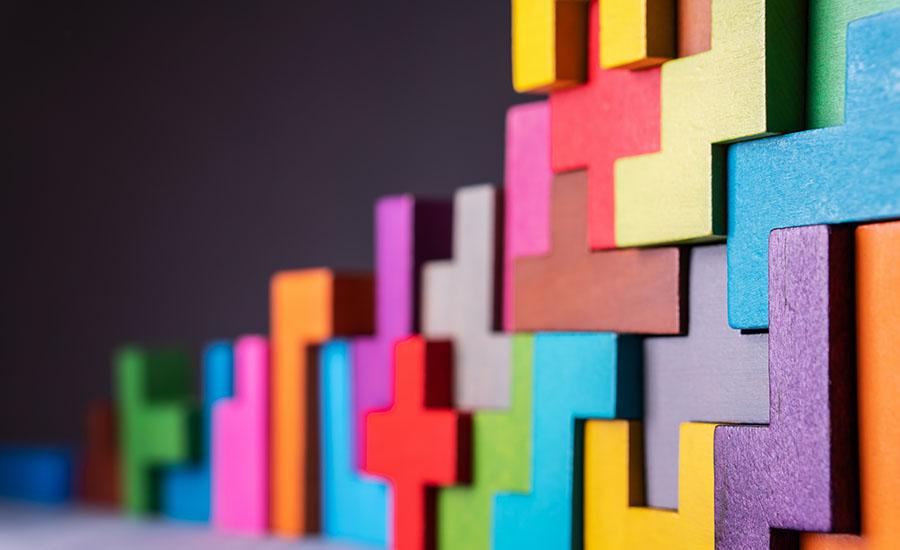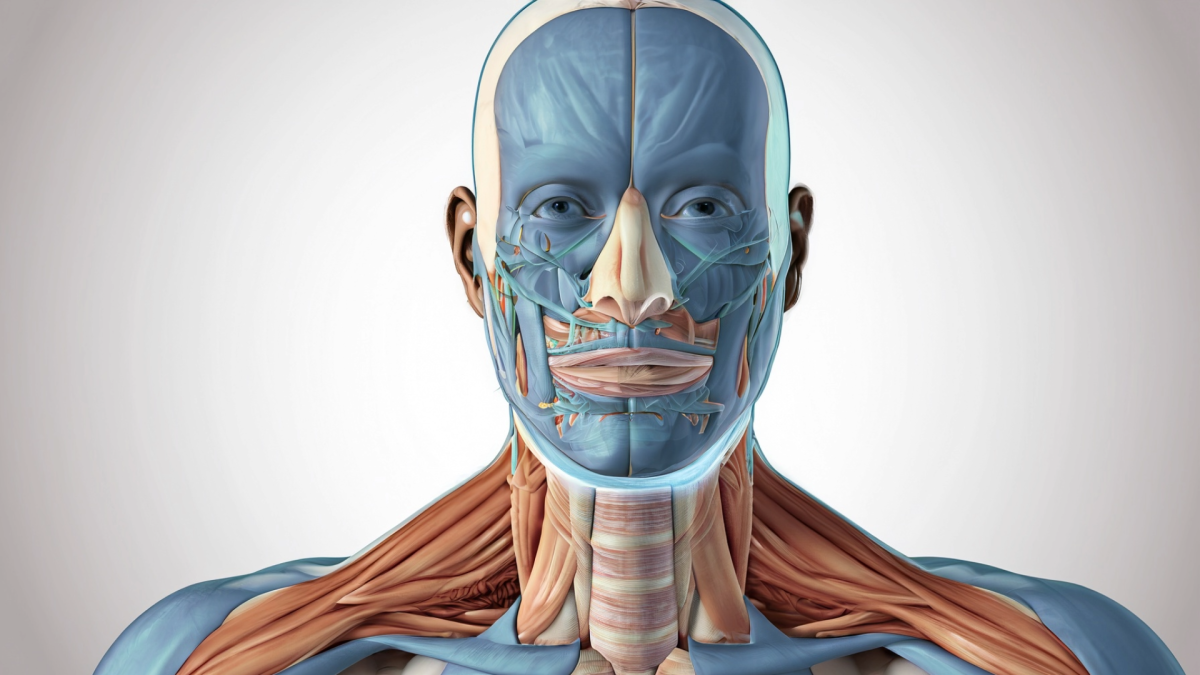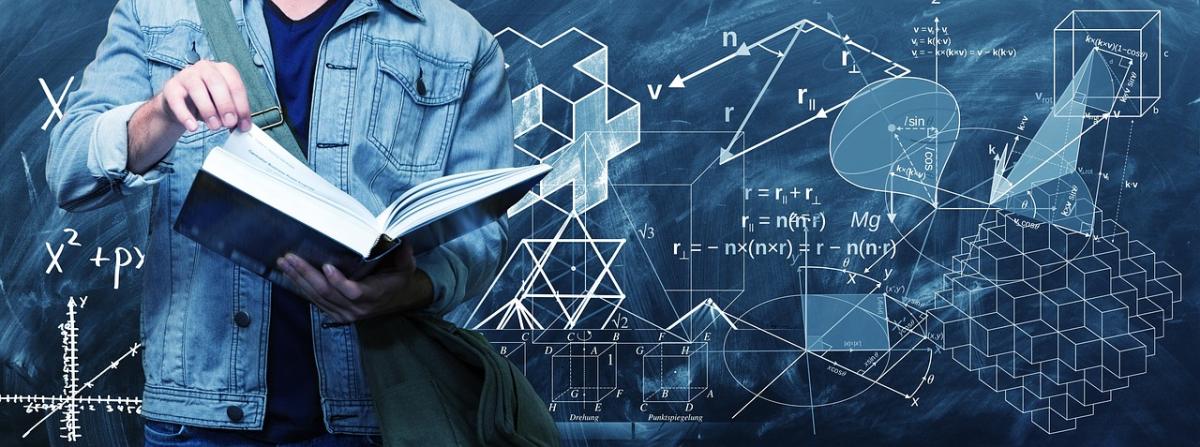
Exploring Relationships between Side Dimensions and Volumes Using Magna-Tiles
by Laura Jermolowitz
This lesson allows students to explore and build a tangible understanding of how and why changing side lengths impacts the overall volume of a rectangular prism. Students will explore how ratio reasoning can be applied to solve volume problems.
Lesson Grade Level
6th GradeLesson Plan Link/URL
https://docs.google.com/presentation/d/1RwxoZUgtKk2xA5pAs3_OZnve7epkKl5R/edit?u…Subject Area
Engineering S3: Apply Mathematics to Engineering Mathematics Geometry (G) Ratio and Proportion (RP) English Language Arts (ELA) Speaking & Listening
Featured
Off
Related Content

Grades:
5th Grade, 6th Grade
This is the second part of a two-part lesson. This lesson has students using a stethoscope to measure heart rate to collect data for equivalent ratios.

Grades:
5th Grade, 6th Grade
A glider is a great physical science/STEM challenge for fifth/sixth grade students. This project allows students to use a Cricut cutting machine to build and modify a glider that will travel as far as

Grades:
5th Grade
This lesson is primarily based off of Paul Anderson’s, “The Wonder of Science” website. The lessons can either be prepared with actual objects with you the teacher instructing or showing the video